Helgoland was on our long bucket list for a very long time. When it turned out that we will depart for our sailing voyage from Poland, there was no way we couldn’t stop at this unique archipelago.
Where is Helgoland?
So let us take you to this spectacular place in the North Sea. Helgoland is the only German island not near the mainland and a place with the only bird cliff in Germany! It is located about 70 km (44 NM) off the coast of Germany.
Helgoland brief history
There are plenty of publications on the internet regarding the history of Helgoland, so I won’t be repeating it here. Briefly, it was known from prehistoric times. In more modern history, in the 18th and 19th century, it was in the hands of Denmark and Britain. In the 19th century it was handed over to Germany. During the II World War, Helgoland was involved in military operations, as the strategic location in the North Sea.
Operation Big Bang
After World War II, the archipelago was under British occupation. On 18th of April 1947, the Royal Navy simultaneously detonated 6700 tonnes of explosives destroying the island’s military installations. Operation was called “Big bang” or “British Bang”. The explosion was one of the biggest single non-nuclear detonations in history, leaving a huge crater on the island, which is visible to this day.
After British occupation, Helgoland was again handed over to Germany in 1952.
Throughout its history, Helgoland has been a shelter for both fisherman and pirates, a sea fortress, naval base and even the largest goods handling center in Europe!
Now, it is mainly a tax-free tourist destination with more and more people visiting every year.
How to get to Helgoland?
- By plane – although there are no international or charter flights to the island, there are regional connections to Heligoland Airport (HGL) from Cuxhaven, Hamburg or Nordholz. Schedules vary depending on the season. Most of the flights are operated by OFD, you can check details on their website.
Sightseeing flights over the island are also seasonally available.
Some people choose to visit Helgoland by small private planes, however landing there is considered challenging. Unfortunately not all of them are able to depart again, so they return to the mainland by sea, like this guy:
- By ferry – the most convenient way to visit the island is by boat or ferry from Northern Germany. Schedules also vary with seasons but you can find fast ferry service from Cuxhaven, Brunsbuttel or Hamburg. Ferry companies operating there are for example Reederi Cassen Elis or FRS Helgoline.
Transport options to Helgoland can vary with seasons and schedules are different every year. Always check current timetables before planning for a trip.
- By yacht! This is exactly how we travel the world right now. Visiting Helgoland with a yacht is very convenient. You are not limited to public transportation schedules. This is what we focus on in this post!
Visiting Helgoland with a sailboat
In Helgoland, there is an artificial harbor, providing very good shelter from strong North Sea winds and rough seas. Pleasure craft can berth in Sudhafen harbor, on the North-East side. Port gets very crowded and rafting is necessary, sometimes with dozens of boats or more! Bear in mind that during winter months some facilities can be closed or removed. Unfortunately there are no anchorages around the islands.
Sailing restrictions around Helgoland:
- entry is prohibited into Nature Reserves around the archipelago;
- entry is prohibited to both Nordost hafen and Dunen hafen harbors;
- landing on Dune island is prohibited;
- Helgoland is not a port of entry to Germany.
Duty-free – what sailors like the most!
What can be important for sailors, is that Helgoland is a tax-free island. It means you can provision and refuel cheaper.
Refueling in Helgoland– in the past, gas station was available only at high tide. Now, as the harbor is dredged, it is available any time.
Gas station: Google maps location
Provisioning – you can go to the liquor stores close to the marina, where you can buy not only alcohol, but also some sweets or cleaning products. Before going there, remember to check your row number in the harbor. It is necessary during check out, as all your shopping is delivered right to the boat. This is also an attraction in itself, because the suppliers very efficiently carry the goods down vertical ladders from the high quay. For tax-free legality purposes, you cannot pick it up yourself.
One of the stores is located here: Google maps location
the most interesting facts about Helgoland:
Now let’s start with the most interesting facts about Helgoland:
- The name – you will find both Helgoland and Heligoland. Helgoland is an original name of the island in German language, while Heligoland is used in english language sources;
- During a visit to the islands, August Heinrich Hoffmann von Fallersleben wrote the lycris to “Deutschlandlied”, future national anthem of Germany;
- Helgoland is inhabited not only by Germans, but also by ethnic Frisians, who speak Heligolandic dialect of the Frisian language called Halunder;
- Archipelago consists of two islands – larger, inhabited Helgoland and smaller, uninhabited Dune;
- Main island, Helgoland, is divided into the Unterland (Lower Land) and Oberland (Upperland). Lower land is the area at the sea level, including harbor, while Upper Land is a plateau above. There is also Mittelland (Middle Land) in between;
- Two islands used to be connected in the past! Connection was destroyed in 1720 during a storm flood;
- Helgoland is a car-free island;
- Polish general Ignacy Prądzyński (1792–1850, commander of the November Uprising) died and was buried on the island. His grave has not survived. He was commemorated with a plaque near the port pier.
What to see in Helgoland?
So let’s dive into what can be seen on the island on Helgoland while you come here with your yacht or as a daytripper.
The Unterland (Low Land)
Harbor in the Unterland is the place where you will start your trip, no matter what transportation you use getting to the island.
The Lobsters Stalls / Lobster Shacks (Hummerbuden)
Row of colorful buildings is one of the most iconic views of Helgoland. They were used as lobster stalls and fishermen tool sheds in the past. Now, when tourism is in bloom, they are converted into small restaurants, bars, galleries and gift shops.
Helgolander knieper
Don’t miss trying Helgoland speciality here – Helgolander knieper. These are claws of the brown crab cooked in seawater and served with fresh bread, butter and various dips. Helgoland was famous for lobster fishing before WWII. We found that the best ones are served in the “2 Blaue Buden” shed, where there is always a long queue of tourists!
Note – when eating this delicacy, pay attention to the seagulls circling over the tables. They can dive without warning and deprive you of your snack!
The Oberland (Upper Land)
To get to the Upper Land, you can walk one of the trails, take elevator or stairs:
Stairs with elevator are located here: Google maps location
Stairs alone are located North of the town: Google maps location
Red cliffs
The highlight of Helgoland are definitely magnificent red rock cliff formations. They are quite unique in this part of the world, so personally I couldn’t believe that I’m still in Germany!
Lange Anna cliff
Once you reach the plateau, a well maintained walking path will lead you to the most beautiful spots. One you cannot miss is a spectacular Lange Anna, a tall and narrow cliff at the island’s northwest tip. It is the national monument of Germany! Top of the cliff is a nesting place for seabirds, mainly Northern gannets.
Lummenfelsen with nesting sea birds
But don’t worry that they are too far! To see them close, walk to the Lummenfelsen cliff. Here, the footpath will take you to the spot, where you can admire breeding birds at your fingertips!
Helgoland is the place in Germany with the most recorded bird species: 430. The most common ones are: Northern Gannet, Common Guillemot, Razorbill, Kittiwake and Northern Fulmar. Seabirds can be found on the cliffs between April and September. If you’re lucky, you can spot some baby Northern Gannets just after they hatch!
Photographing birds during sunrise, I met islands’ biologists catching some of the birds, taking blood samples and tagging them. This is how they do research, track their migration routes and population’s health. It was very informative to talk to them.
Bomb crater and lighthouse
Upper Land is also a place where you will see bomb crater mentioned before and a beautiful lighthouse:
TIP: If you’re a photographer, take a walk around the cliffs at sunrise, preferably counterclockwise. This is how you’ll have the best possible light! Sunset is not perfect, as cliffs are in the island’s shadow.
Another points of interest on the island:
There are also another points of interest on the island which we unfortunately didn’t have time to check:
Bunker Tour – it’s a tour of an extensive WWII bunker system under the island. It has to be booked in advance and is not available daily.
The Helgoland’s Museum – small museum where you can learn about the history of the island. Unfortunately, opening hours are limited to just a few hours a day, so we didn’t have a chance to fit in.
Dune Island – if you’re nature lover, Dune island is a place to go to spot some seals! You need to take a trip from the harbor, as landing on Dune is prohibited with a private sailboat or dinghy.
Visiting Helgoland with a yacht – summary
Visiting Helgoland during our sail around Europe was definitely a highlight of the trip. Even without the yacht, it is relatively easy to visit the island during summer, as ferries go there regularly. It’s worth the effort, as magnificent cliffs and amazing seabirds at your fingertips will stay with you for very long.
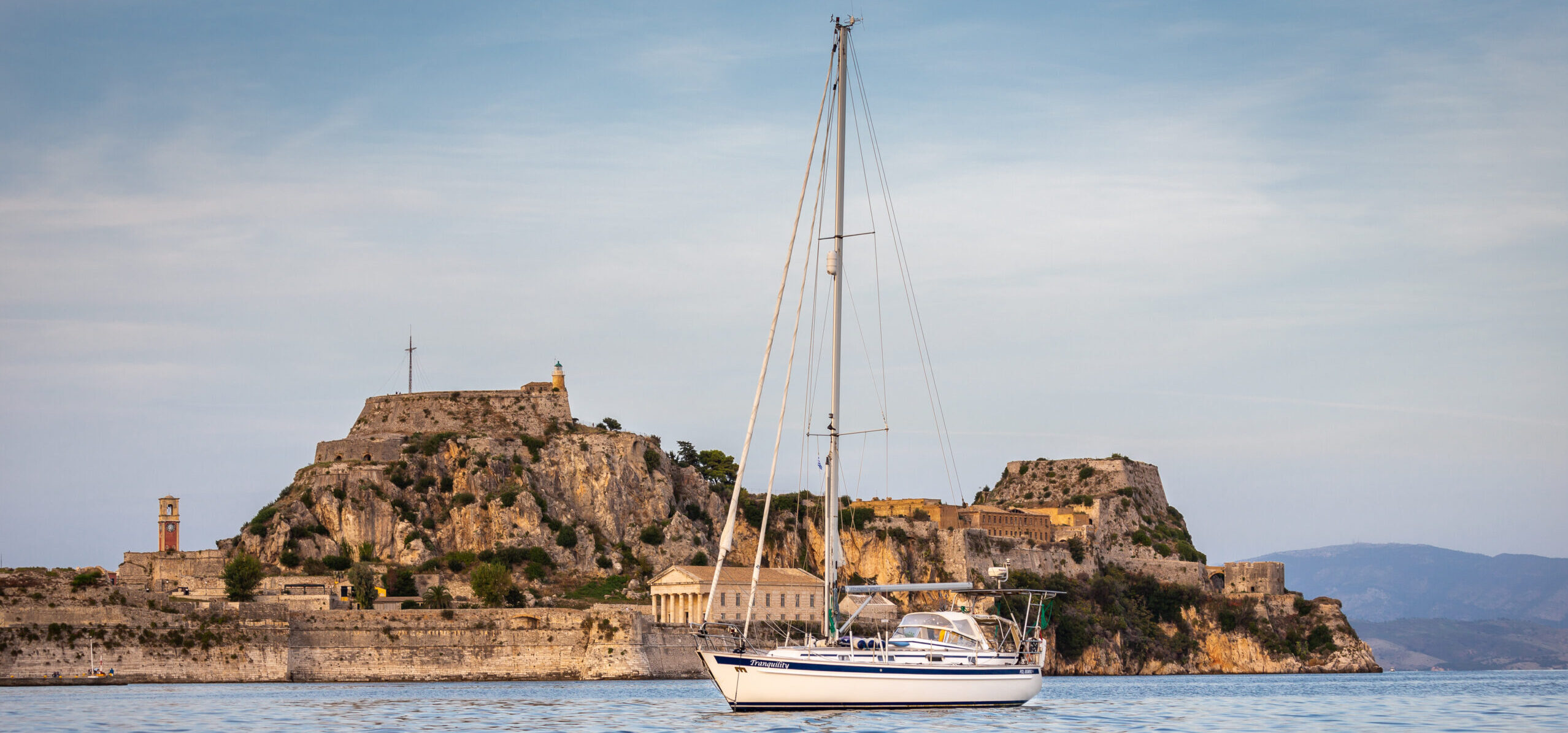


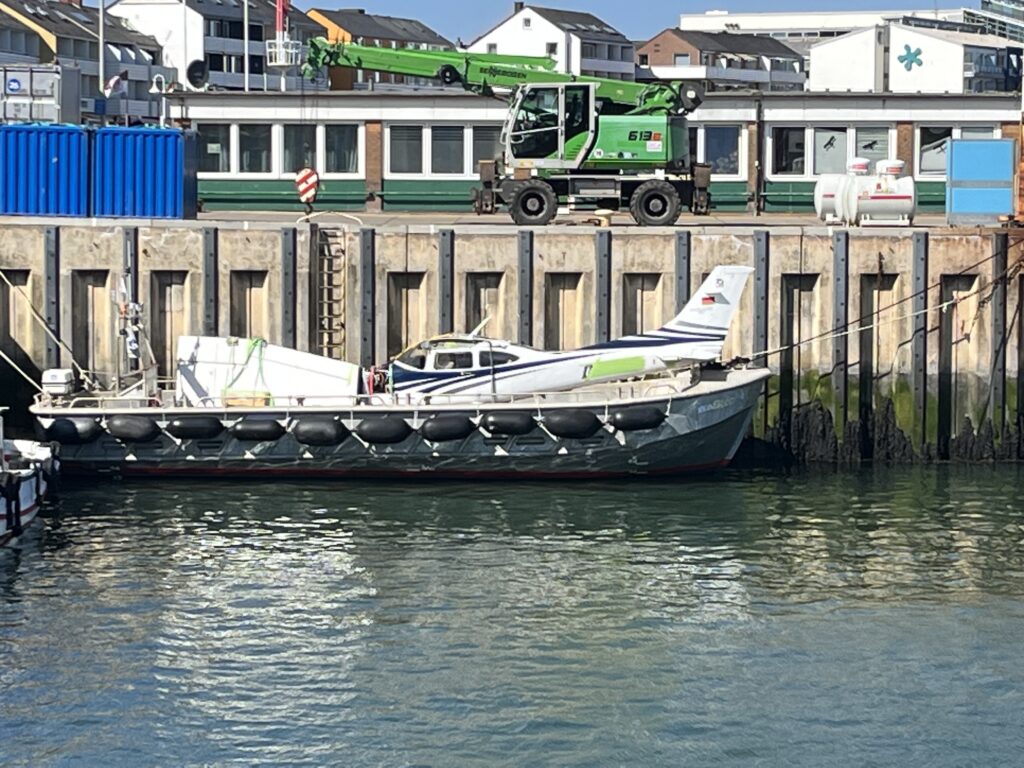
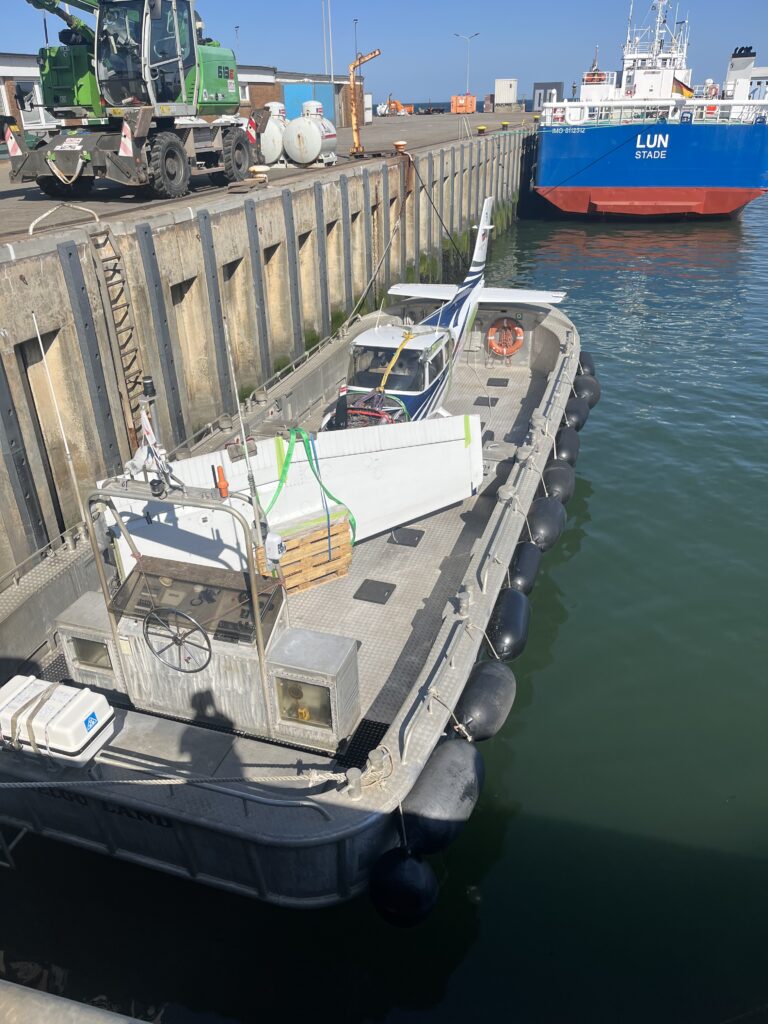
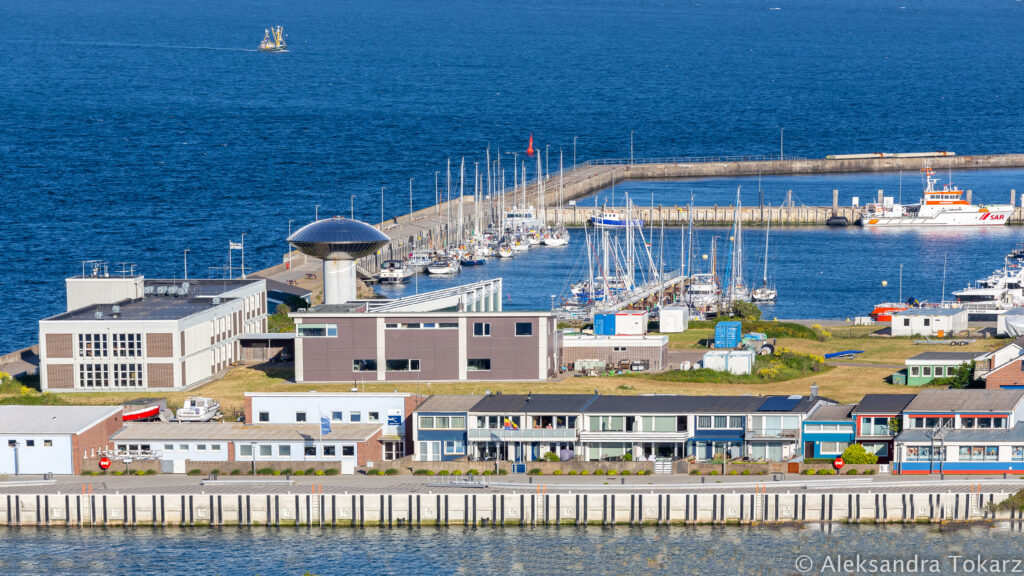
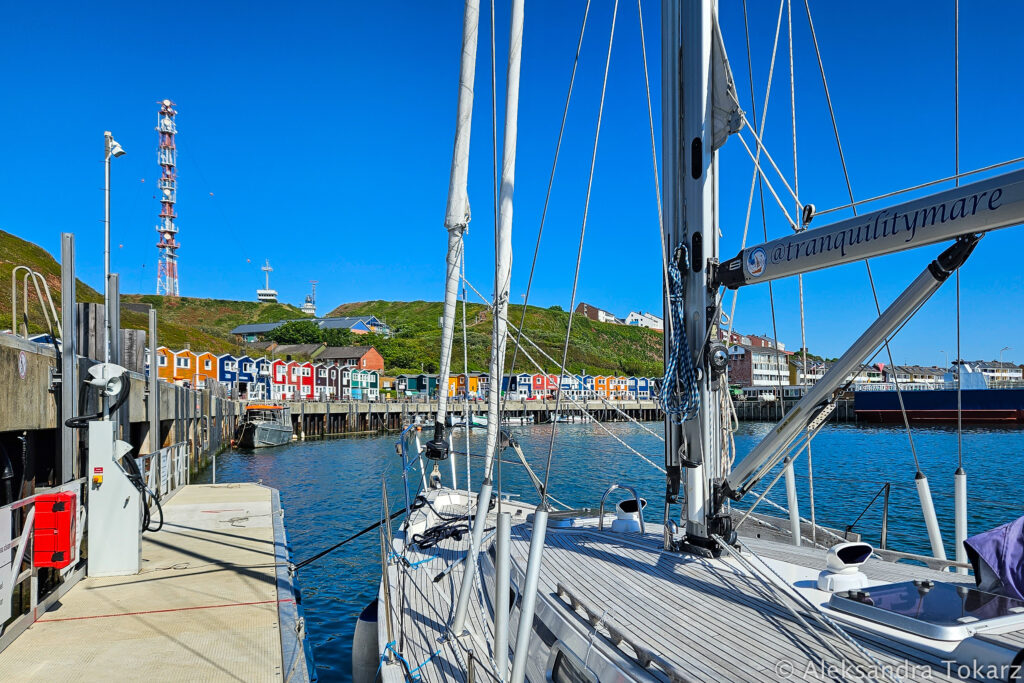
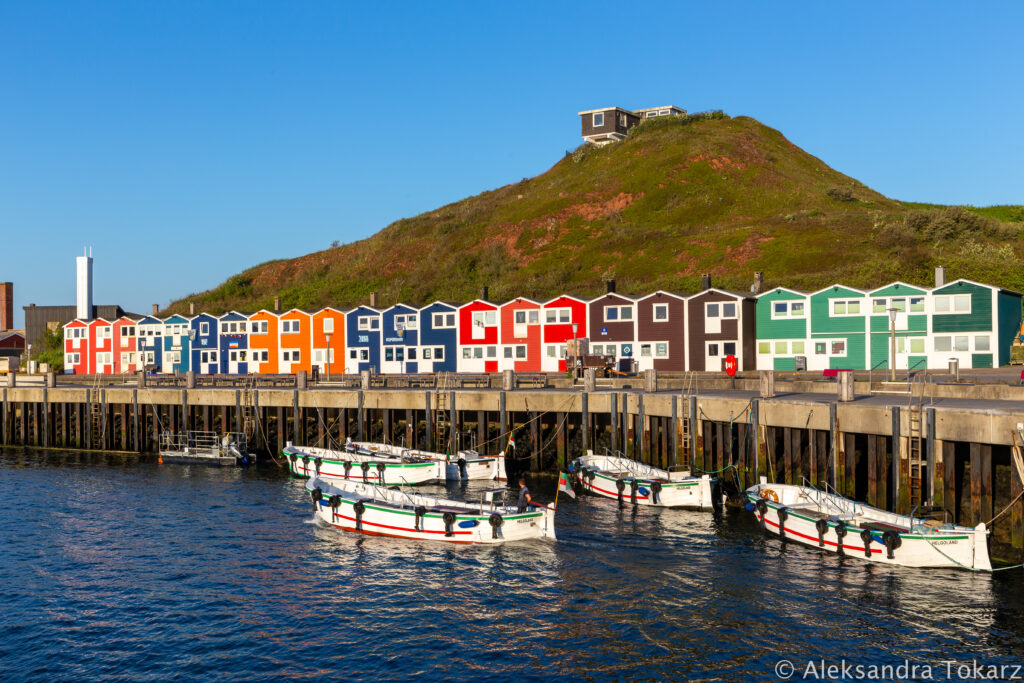

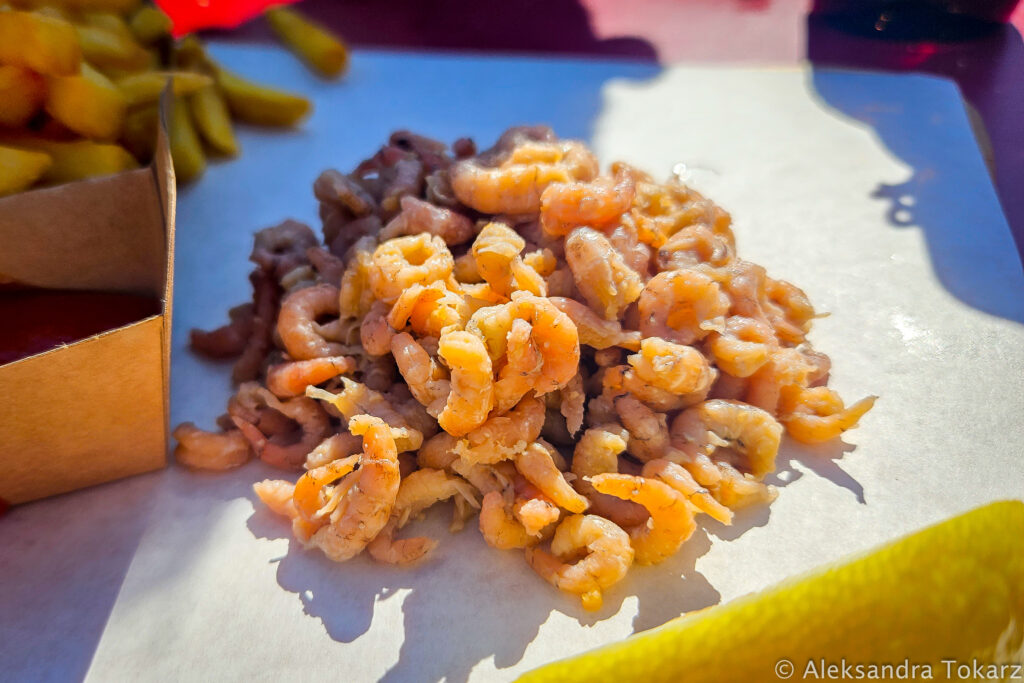

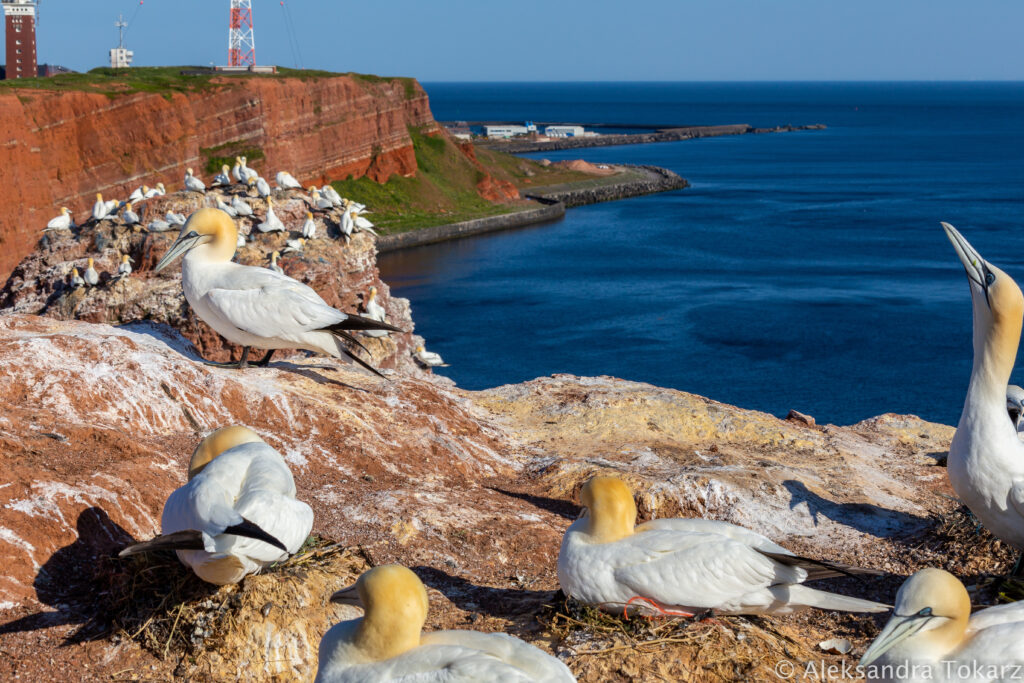
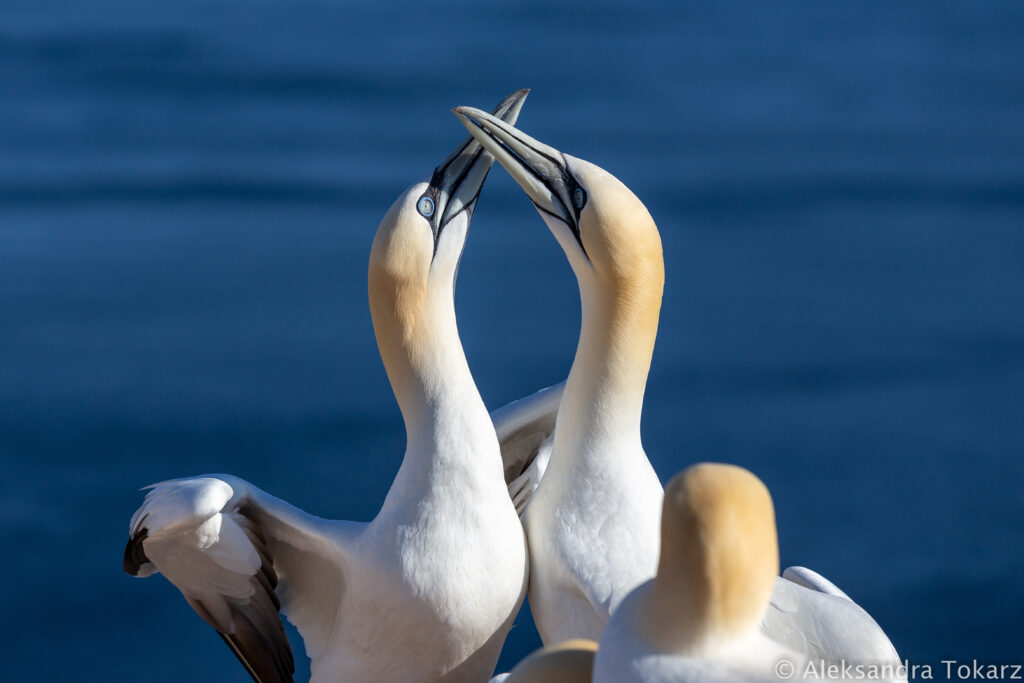
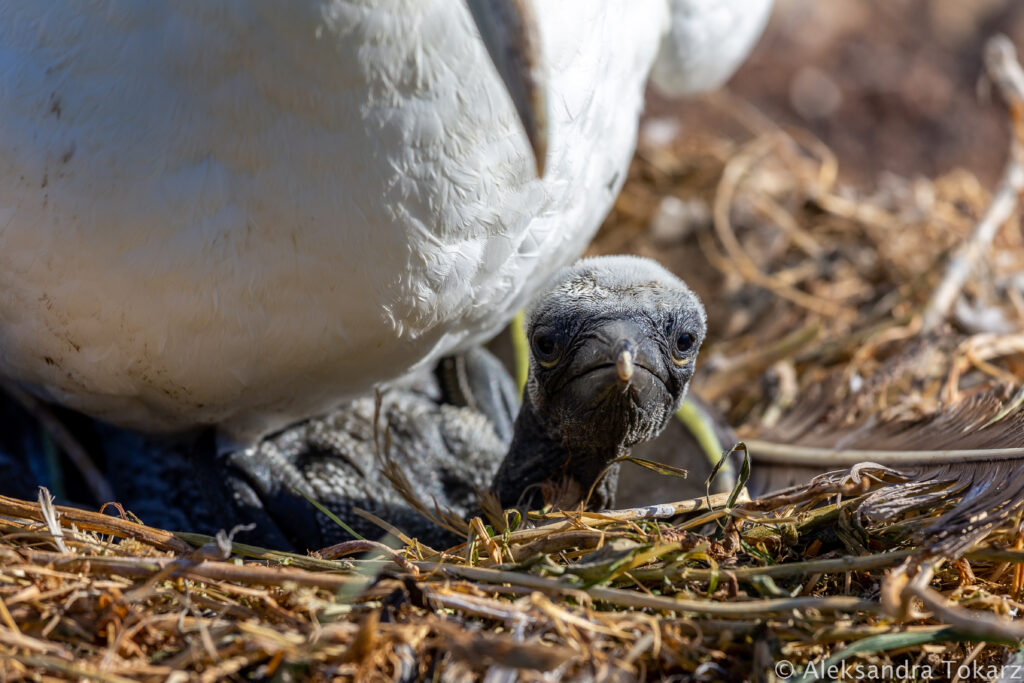
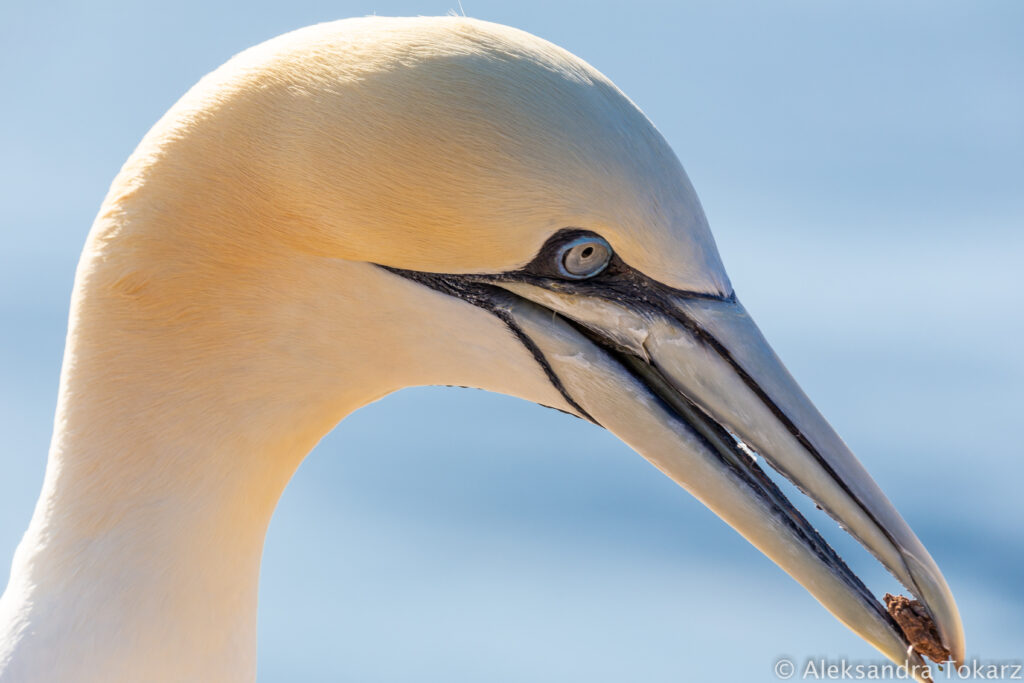
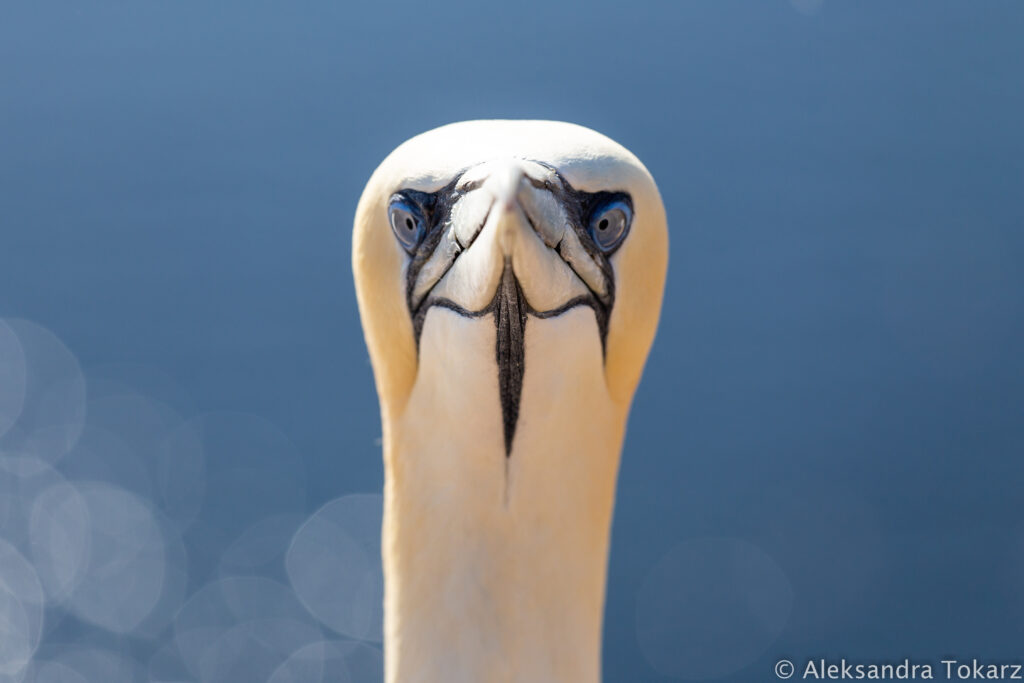
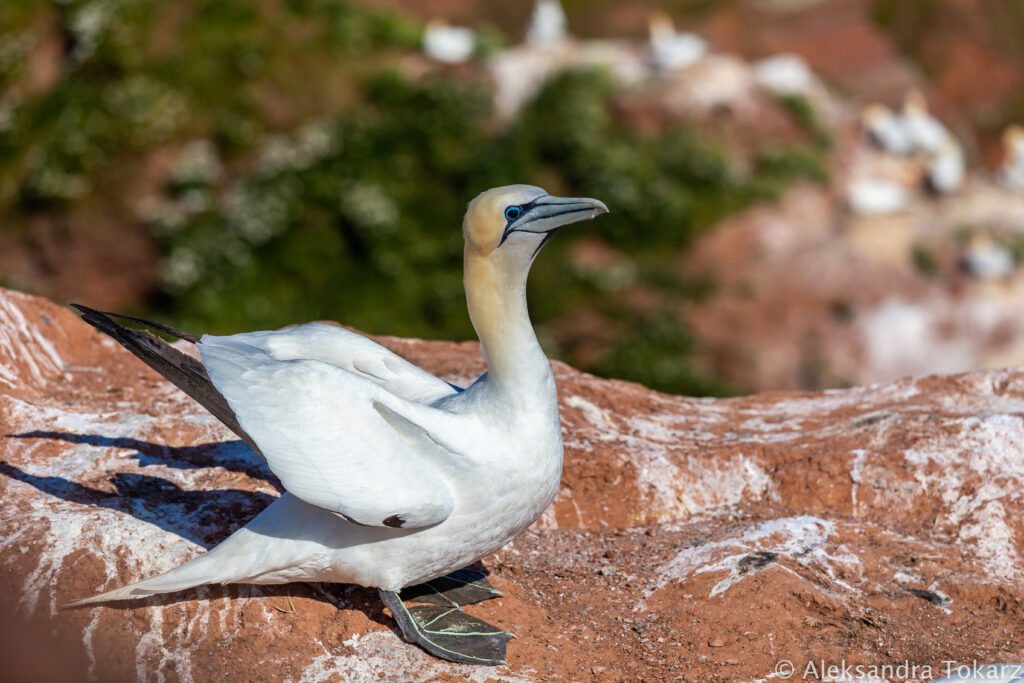
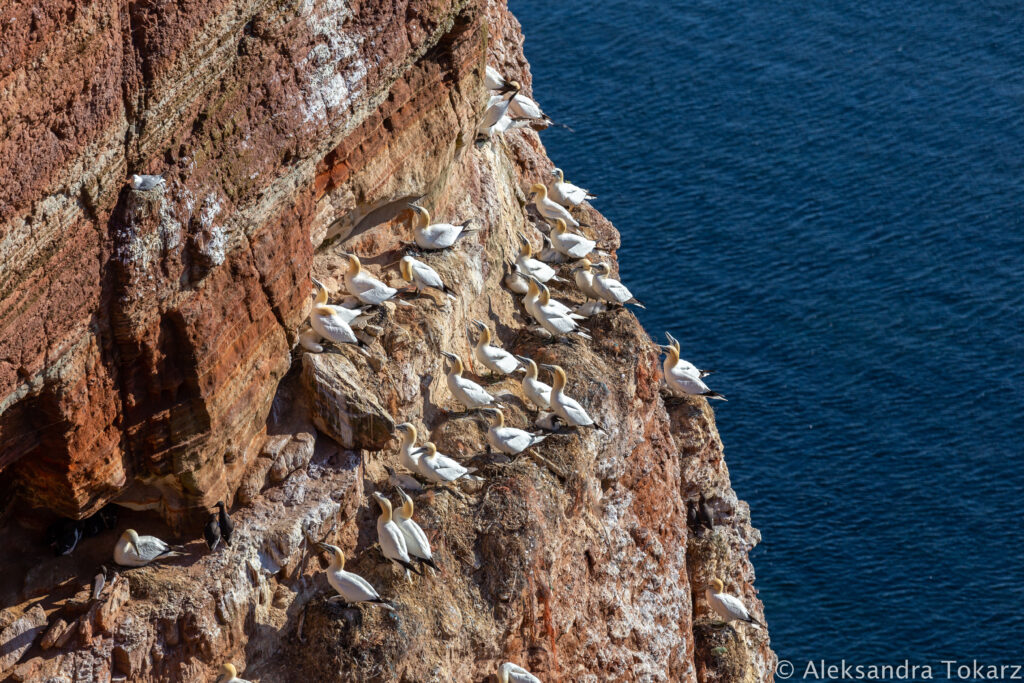

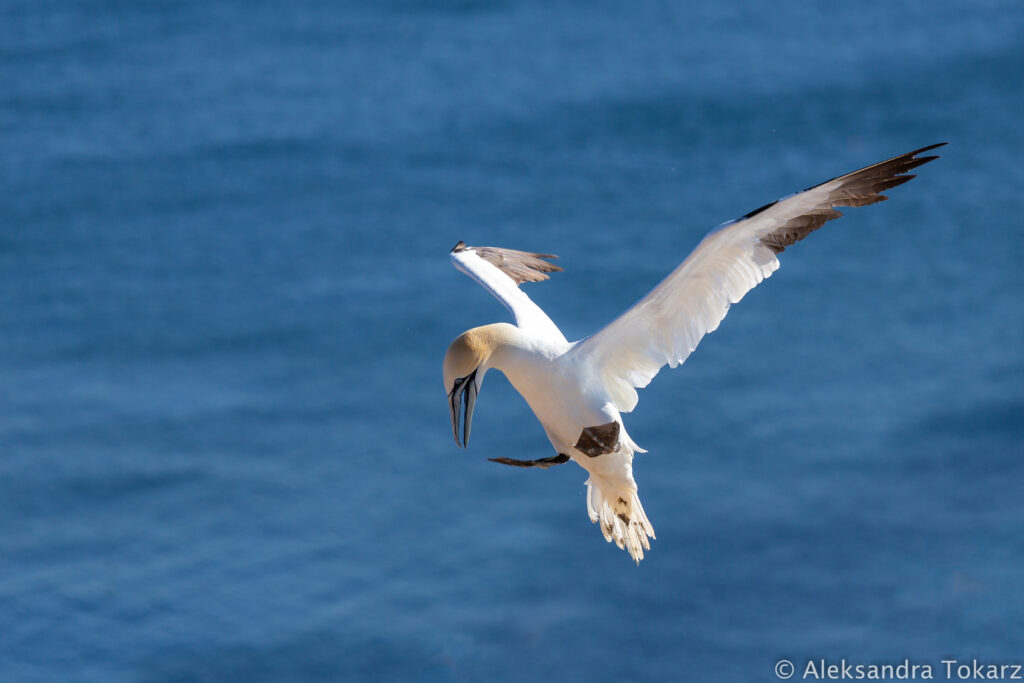




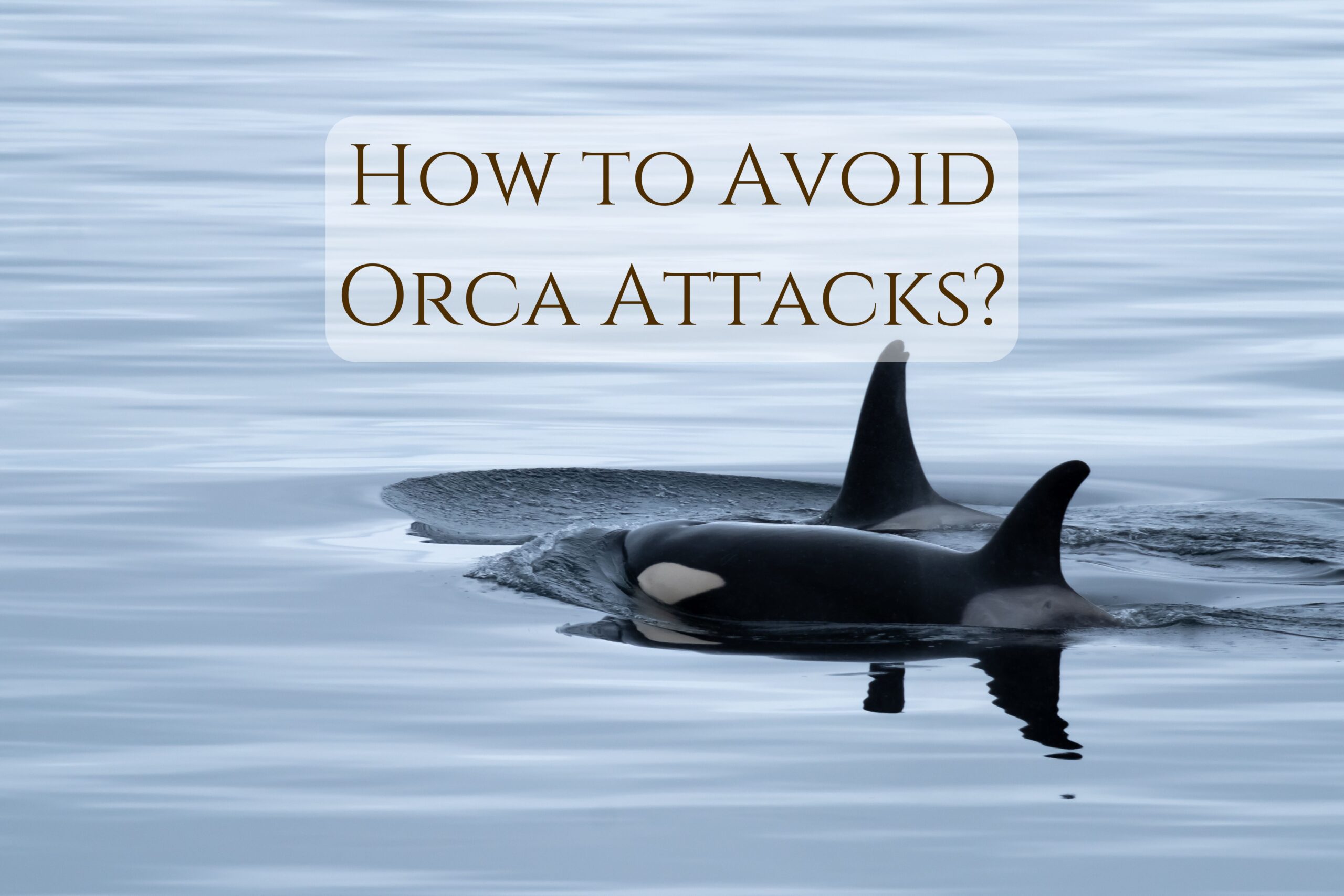

No responses yet